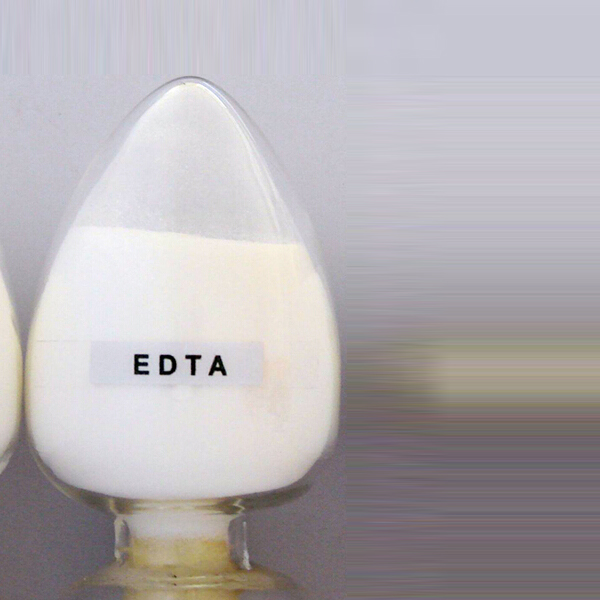
News
Des . 24, 2024 20:29 Back to list
Essential Micronutrients for Optimal Plant Growth and Health
Customizing 7 Micronutrients for Optimal Plant Growth
Plants are the foundation of our ecosystems, serving as vital sources of food, oxygen, and habitat. To thrive and reach their full potential, plants require not only macronutrients like nitrogen, phosphorus, and potassium but also a suite of micronutrients. These micronutrients, though needed in much smaller quantities, are essential for various physiological functions, growth, and development. In this article, we will explore seven crucial micronutrients and their roles in plant health, along with insights on customizing their application to optimize growth.
1. Iron (Fe)
Iron is fundamental for the synthesis of chlorophyll, the green pigment responsible for photosynthesis. It plays a critical role in electron transport during this process, making it imperative for energy production in plants. Iron deficiency often manifests as interveinal chlorosis in young leaves, where leaf veins remain green while surrounding tissues turn yellow. To correct iron deficiency, soil amendments such as chelated iron can be applied, or foliar sprays may be administered for quick absorption.
2. Manganese (Mn)
Manganese is involved in a range of enzymatic reactions, including those related to photosynthesis and respiration. It acts as a cofactor for several important enzymes and plays a role in the synthesis of lignin, a structural compound in plant cell walls. Manganese deficiencies can lead to leaf spotting and distortions. To customize manganese availability, soil tests can guide adjustments in organic matter, pH, and the application of manganese sulfate or other sources.
3. Zinc (Zn)
Zinc is crucial for various processes, including auxin production (a plant hormone involved in growth) and enzyme activity related to protein synthesis. A zinc deficiency can cause stunted growth, leaf chlorosis, and poor fruit development. As with other micronutrients, soil testing is essential to determine zinc levels. Customized applications of zinc chelates or organic amendments can help address deficiencies effectively.
4. Copper (Cu)
custom 7 micronutrients for plants

Copper plays a role in several enzymatic processes and is essential for photosynthesis as well as the formation of lignin. While essential, excessive copper can lead to phytotoxicity, highlighting the need for careful management. Symptoms of copper deficiency include wilting and poor root development. To ensure adequate copper levels, soil testing and the targeted application of copper sulfate or other sources should be considered, ensuring balanced amounts are added to the soil.
5. Boron (B)
Boron is vital for cell wall structure and membrane integrity, playing a critical role in plant reproductive development and nutrient mobility. Symptoms of boron deficiency can include fruit and flower drop, hollow stem, and poor seed set. Due to its leachability in soils, boron applications often need to be tailored frequently. A combination of soil application and foliar sprays can effectively manage boron levels, especially in sandy or acidic soils.
6. Molybdenum (Mo)
Molybdenum is an integral component of certain enzymes involved in nitrogen fixation and the conversion of nitrates into ammonium. As such, it is essential for legumes and other nitrogen-fixing plants. Symptoms of molybdenum deficiency can include yellow leaves and stunted growth. Molybdenum can be supplied through soil amendment with sodium molybdate or ammonium molybdate, carefully modulated to avoid excess.
7. Chlorine (Cl)
Chlorine is less commonly discussed but is crucial for osmoregulation and photosynthesis. It is involved in the process of water-splitting during photosynthesis. Chlorine deficiency could lead to wilting or leaf tip burn. However, excessive chloride can be detrimental, particularly in sensitive crops. Tailoring chlorine applications generally involves ensuring that irrigation water contains adequate chloride levels, combined with soil amendments as necessary.
Conclusion
Micronutrients, although required in minute amounts, are indispensable for the health and productivity of plants. Customizing the application of these seven essential micronutrients—iron, manganese, zinc, copper, boron, molybdenum, and chlorine—ensures that plants receive the balanced nutrition they need to flourish. Regular soil testing, coupled with targeted amendments and applications, can significantly enhance plant growth and yield. By investing in the proper management of micronutrients, we can promote healthier plants and more resilient ecosystems.
-
Polyaspartic Acid Salts in Agricultural Fertilizers: A Sustainable Solution
NewsJul.21,2025
-
OEM Chelating Agent Preservative Supplier & Manufacturer High-Quality Customized Solutions
NewsJul.08,2025
-
OEM Potassium Chelating Agent Manufacturer - Custom Potassium Oxalate & Citrate Solutions
NewsJul.08,2025
-
OEM Pentasodium DTPA Chelating Agent Supplier & Manufacturer High Purity & Cost-Effective Solutions
NewsJul.08,2025
-
High-Efficiency Chelated Trace Elements Fertilizer Bulk Supplier & Manufacturer Quotes
NewsJul.07,2025
-
High Quality K Formation for a Chelating Agent – Reliable Manufacturer & Supplier
NewsJul.07,2025
